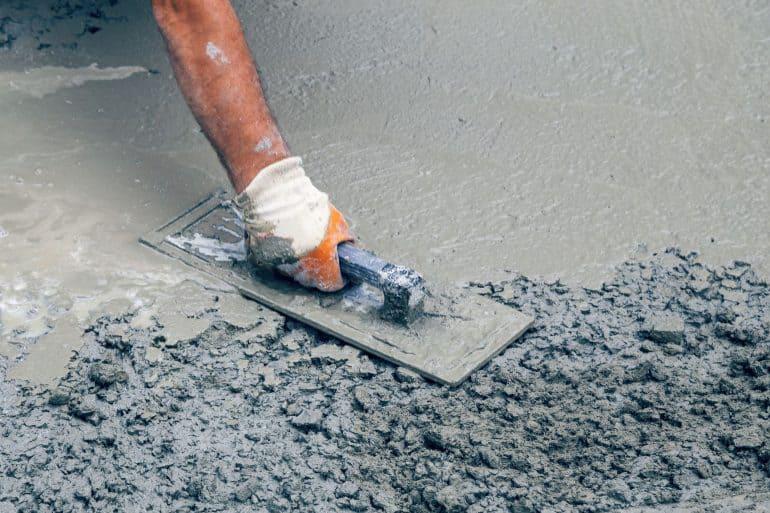Ground Preparation for Your Shipping Container
- Written by News Co
When you decide to purchase or rent a shipping container you need to find the right place to have it placed. The area where the container will be located should be solid, with a good base where a concrete slab can be safely poured, or gravel can be placed on the surface. The area of the ground where the container will sit should not be wet or swampy or it may sink into the ground and be askew and it cannot be easily righted without a forklift or some other type of heavy equipment to move the massive load.

Image from Tiger Containers
Always choose an open location for your container where the delivery truck will be able to get in and turn around. There is no point in preparing an area if it is too tight for the truck to be able to access it. Once the container is delivered, placed and set up there should be plenty of space around the outside area of the container so that you can access it from all sides, load it easily and unload it and be able to move the container if you need to. The area around the container should be solid ground that is not going to shift or sink.
You will want a site that is level and where the soil is solid, not sandy, and compacted. This is the type of site that will ensure that your container is safe and will not list or move. If the area where the container is to be placed is prone to flooding, then be sure you do not place the container too low or water will build up around the container and accumulate around it. Eventually the soil will become extremely looks and this may result int eh container sinking below the ground which will make it difficult to make use of the container and to move it if the need arises.
How Much Space Does Your Container Require?
You should know exactly how much space is needed for your container in advance of its delivery. The space should not only be large enough for the container but also to accommodate the truck that will be dropping the container off at its location. The space that you choose should be twice as long as the length of the shipping container that you are having delivered. A 20-foot container will require between 40 and 50 feet of area.
Getting the Area Ready
The area you choose for your shipping container to be placed in should be level and solid as described above. If the area you choose is uneven or on a hill or if the dirt is not compacted, you will need to put in the work to prepare it in advance. You may need to add more soil or spread gravel and large rocks over the area. You can also cover the area with thick plywood and cover the plywood with gravel. The ground area should be solid and if there are any uneven areas, those should be smoothed out and leveled to match the remainder of the area where the shipping container will sit.
If you can afford it, you could pave the arear or add concrete. If you want the container to be in a certain location on a permanent basis, it this is the best idea. The area you place your container in should be dry but if it is not then concrete blocks can provide an affordable solution. These blocks are placed under each corner of the container to ensure that the container is up and away from the ground and not close to water. Water will damage the container, eventually causing rust and making the container decay over time.
Arrange to have your container dropped off during dryer weather instead of during heavy rains or other nasty weather. If the weather changes on the day plan to have your container delivered, you might try to have the delivery date changed. Shipping container dealers understand that it is not a good idea to delivery a container in bad weather and if they are a reputable company, they will work with you to re-arrange the delivery date. Some shipping containers will call you and cancel the delivery if the weather is not ideal and make arrangements with you to change the date of delivery to one that will be more suitable.
Read more about preparing the foundation for your container




